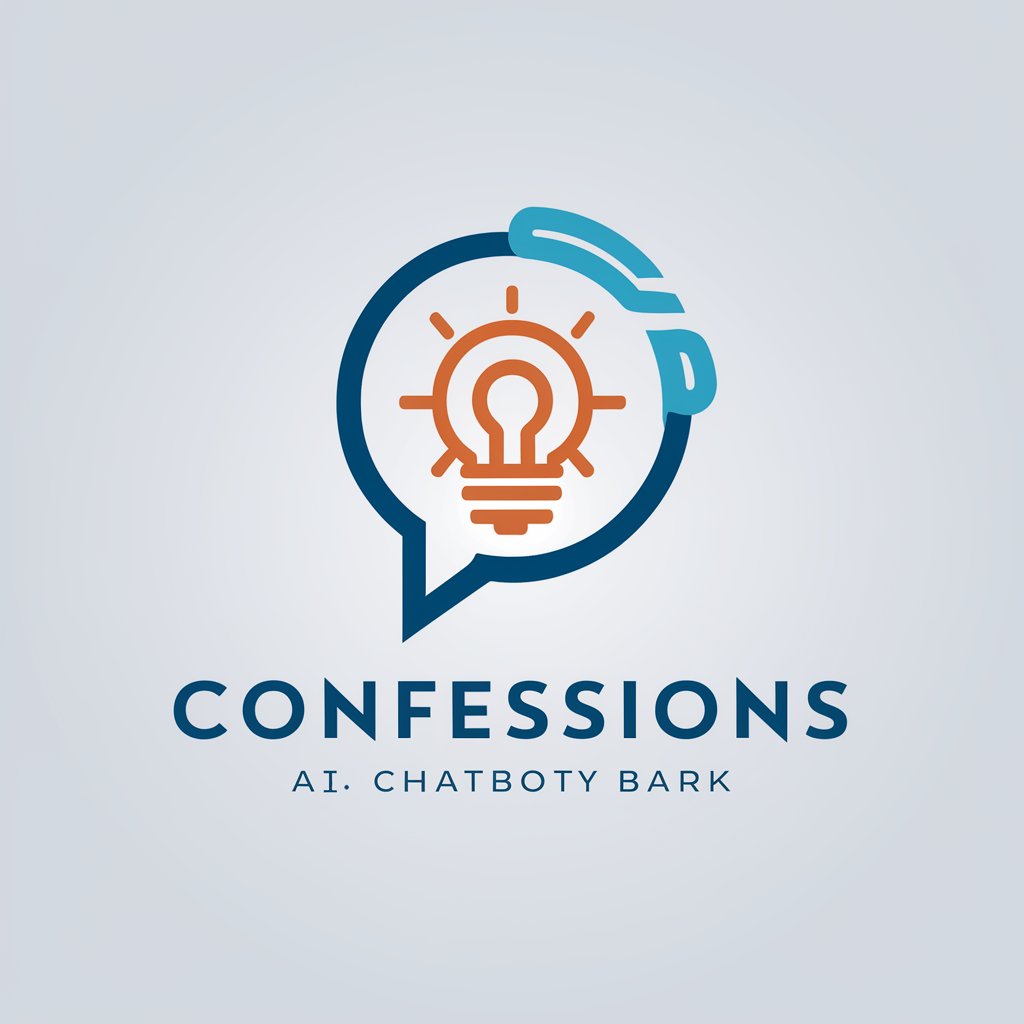Go Race Detector - Go Race Detection Tool

Welcome to Go Race Detector, your expert guide to mastering race conditions in Go.
Detecting race conditions in Go, powered by AI
Explain the implications of a race condition in Go code.
How can you identify and fix race conditions in Go?
What are the best practices for avoiding race conditions in Go concurrency patterns?
Describe a complex concurrency pattern and how to ensure it is race-free.
Get Embed Code
Introduction to Go Race Detector
The Go Race Detector is a tool integrated within the Go programming environment designed to identify race conditions in Go programs. A race condition occurs when two or more threads access shared data and try to change it at the same time, leading to unpredictable outcomes. The Race Detector operates by analyzing the execution of a program to detect these conditions, signaling potential data races that could compromise the integrity and reliability of the application. For example, if two goroutines access and modify a shared variable without proper synchronization (e.g., without using mutexes or channels to coordinate access), the Race Detector can flag this as a potential race condition, highlighting the need for appropriate synchronization mechanisms to ensure consistent program behavior. Powered by ChatGPT-4o。

Main Functions of Go Race Detector
Detection of Concurrent Access to Shared Variables
Example
Identifying when two goroutines access the same variable concurrently without proper synchronization.
Scenario
In a web application, two goroutines handle incoming requests that update a shared cache. Without proper synchronization, updates may be lost or overwritten unpredictably. The Race Detector would flag this as a race condition, prompting the developer to implement a mutex to ensure only one goroutine can update the cache at a time.
Identification of Unsafe Synchronization Patterns
Example
Highlighting use of channels or mutexes that does not effectively prevent race conditions.
Scenario
In a data processing application, multiple goroutines read from and write to a shared data structure, supposedly synchronized by a channel. However, incorrect use of the channel could still lead to race conditions. The Race Detector can identify this improper synchronization, guiding developers to correct the synchronization logic, perhaps by ensuring that all access to the shared data is mediated correctly through the channel.
Reporting and Diagnostics
Example
Providing detailed reports and diagnostics for identified race conditions, including stack traces and variable access histories.
Scenario
During the development of a distributed system, the Race Detector identifies a race condition involving shared state across different nodes. It provides a detailed report including the goroutines involved, their access patterns, and suggestions for resolving the issue. This detailed diagnostic information allows developers to understand the root cause and implement a robust solution, such as introducing distributed locks or redesigning the system architecture to avoid shared state.
Ideal Users of Go Race Detector Services
Go Developers and Engineers
Professionals developing concurrent and distributed systems in Go, who require tools to ensure the reliability and correctness of their software. These users benefit from the Race Detector's ability to uncover subtle race conditions that might not be evident during initial development or testing, thereby improving software quality and robustness.
DevOps and SRE Teams
Teams responsible for the deployment and operation of Go-based services in production environments. These users find the Race Detector valuable for preemptively identifying and resolving race conditions that could lead to system instability, ensuring high availability and performance of deployed services.
Academic Researchers and Educators
Individuals engaged in the study or teaching of concurrent programming concepts and practices. The Race Detector serves as a practical tool for demonstrating the challenges of concurrent access to shared resources and the importance of proper synchronization mechanisms in software development.

How to Use Go Race Detector
Start with a Free Trial
Begin by exploring Go Race Detector capabilities with a free trial at yeschat.ai, no login or ChatGPT Plus subscription required.
Install Go Tools
Ensure Go is installed on your system and your GOPATH is correctly set up. Go Race Detector is part of the Go toolchain.
Compile with Race Detector
Compile your Go program with the '-race' flag to enable the Race Detector, for example, 'go build -race myprog.go' or 'go test -race ./...' for testing.
Run Your Program
Execute your compiled program. The Race Detector will monitor execution and report data races, if any, in the output.
Analyze the Report
Review the race report provided by the detector, which includes the conflicting operations and their locations in the source code, to identify and resolve race conditions.
Try other advanced and practical GPTs
圣迭戈找群摇人
AI-powered Group Discovery in San Diego

障害福祉サービスガイド
Empowering through AI-powered service discovery

FS Gold Rose ADS
Empower Your Ecommerce with AI-Driven Ads

MyGuru
Elevating Mindfulness with AI

Search Engine Optimization Copilot (SEO)
Elevate Your SEO with AI Insights

阿里味文章生成器
Empowering Your Words with AI, Alibaba Style

懸心故事家
Empowering Creativity with AI

Custom HS Card Generator
Design Your Hearthstone Saga

Confessions meaning?
Unlock deeper understanding with AI-powered analysis

Umweltrecht Buddy
Navigating Environmental Law with AI

Markup with Tailwind/Axios/Alpine/SCSS
Elevate web projects with AI-driven tools

Ui Beam Detector
Detect 'ui beam' with AI precision.

Detailed Q&A on Go Race Detector
What exactly does the Go Race Detector do?
The Go Race Detector is a tool integrated into the Go programming language that dynamically analyzes Go programs to detect race conditions. It identifies unsafe access to shared variables without proper synchronization, helping developers find and fix potential data races that could lead to unpredictable behavior or crashes in concurrent applications.
Can Go Race Detector detect all types of race conditions?
While highly effective, the Go Race Detector cannot guarantee detection of all race conditions. It is most effective at identifying data races occurring in the actual execution path tested. Races not executed during testing or those involving non-memory synchronization mechanisms may not be detected.
How does the Go Race Detector impact performance?
Enabling the Race Detector incurs a runtime overhead, typically slowing down program execution and increasing memory usage. This is due to the additional checks and monitoring required to detect data races. However, this is a trade-off for the benefit of identifying critical concurrency issues during development.
Is the Go Race Detector suitable for production use?
Due to its performance impact, the Go Race Detector is not recommended for use in production environments. It is best used during development and testing phases to catch and fix race conditions before deployment.
Can I use Go Race Detector in a continuous integration (CI) pipeline?
Yes, integrating the Go Race Detector into a CI pipeline is a best practice. It allows automatic detection of race conditions as part of the testing process, helping ensure that new code does not introduce concurrency issues.
